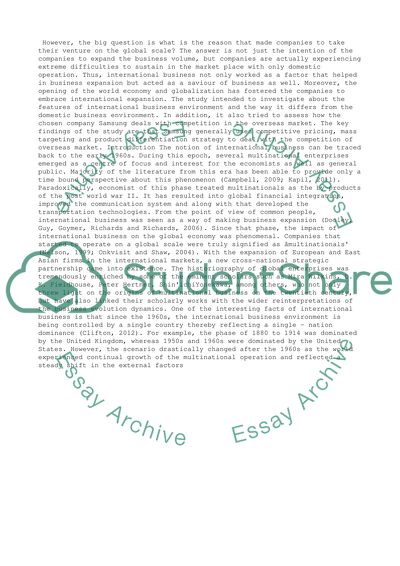Cite this document
(“International Business Assignment Example | Topics and Well Written Essays - 4500 words”, n.d.)
Retrieved from https://studentshare.org/business/1485628-international-business
Retrieved from https://studentshare.org/business/1485628-international-business
(International Business Assignment Example | Topics and Well Written Essays - 4500 Words)
https://studentshare.org/business/1485628-international-business.
https://studentshare.org/business/1485628-international-business.
“International Business Assignment Example | Topics and Well Written Essays - 4500 Words”, n.d. https://studentshare.org/business/1485628-international-business.


